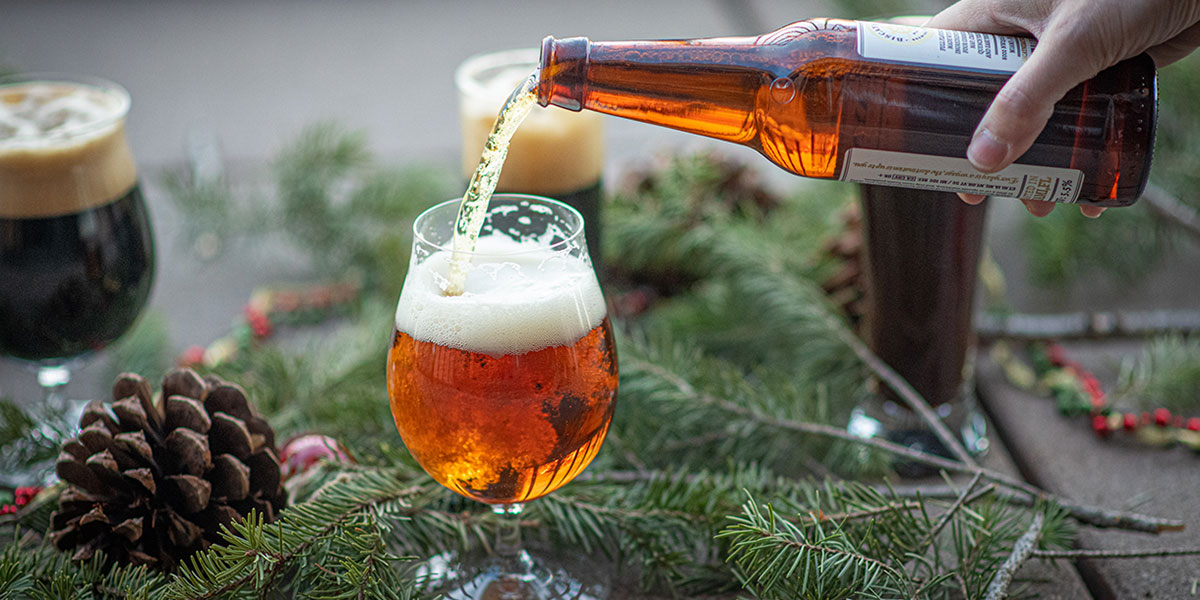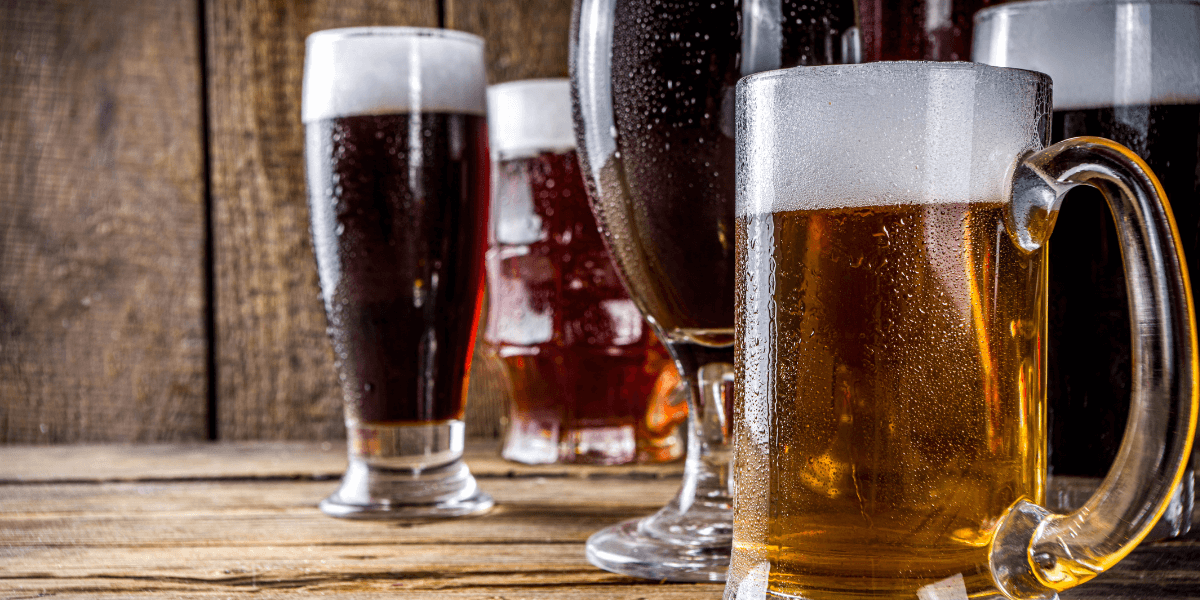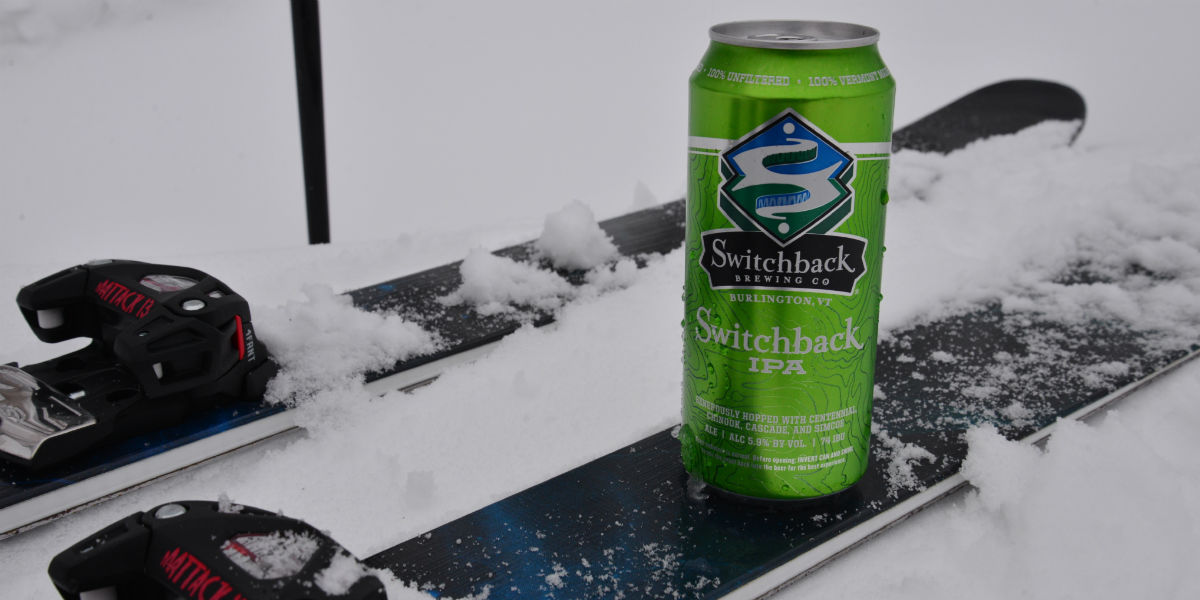
Brewing beer has always been a passion of mine, but every so often, a specific style captures my attention and refuses to let go. That’s what happened with the New England IPA—more specifically, a double dry-hopped version that bursts with fruity character and silky haze. I wanted to push the boundaries and create something that tasted like liquid sunshine in a glass. That desire led me to craft what I proudly call my ddh juice box double neipa recipe.
This brew isn’t about subtlety. It’s designed to be full-bodied, ultra-aromatic, and packed with tropical hop character. I’ve spent months dialing in the balance of malt, water, hops, and yeast, and I’m excited to share every part of the journey that brought this beer to life.
What Sparked the Idea for My NEIPA?
I’ve tasted plenty of hazy IPAs over the years, but the ones that left a lasting impression were always the most expressive—beers that smelled like a fruit basket and had a softness on the tongue. I kept thinking, “What if I could make one that felt like a juice box but had a grown-up kick?” That curiosity inspired me to develop a ddh juice box double neipa recipe from scratch, one that would bring out intense hop aromas without the bitterness that can overpower a smooth sip.
Creating the Right Malt Base
A successful NEIPA starts with the right blend of grains. My goal was to produce a creamy, hazy beer that would support a hefty hop load without tasting overly sweet. Here’s the grain bill I built after many test batches:
- 60% Pale 2-Row Malt – Gives the beer a strong base without stealing the spotlight from the hops
- 20% Flaked Oats – Adds to the body and contributes to that thick haze
- 15% Malted Wheat – Provides softness and enhances mouthfeel
- 5% Carafoam or Honey Malt – Adds complexity without becoming cloying
I mash at 151°F for an hour, which allows enough fermentable sugars to keep the finish clean, while still leaving behind a little chewiness.
Dialing in the Water Chemistry
Most homebrewers overlook the importance of water, but when it comes to NEIPAs, water makes all the difference. I aim for a soft mouthfeel with a gentle minerality, so my water profile is weighted more toward chloride than sulfate.
My typical water profile for this beer:
- Calcium: 100 ppm
- Chloride: 175 ppm
- Sulfate: 65 ppm
- Magnesium: 10 ppm
- Sodium: Under 50 ppm
This balance accentuates hop aroma while ensuring the beer stays soft and round. I use reverse osmosis water and adjust with brewing salts to get everything just right.
Hop Schedule: The Main Event
Of all the components in this ddh juice box double neipa recipe, the hops are undoubtedly the headliners. To build a beer that explodes with flavor but goes easy on the bitterness, I focus heavily on late additions, whirlpool hopping, and a two-stage dry hop.
Minimal Bittering
I keep bitterness in check by avoiding early kettle hops. Instead, I add:
- 0.25 oz of Citra at 15 minutes
- 0.75 oz of Mosaic at flameout
This gives just enough bitterness to balance the malt without overwhelming the tropical notes.
Whirlpool Hop Additions
I drop the kettle temp to 170°F and steep the following hops for 25–30 minutes:
- 2 oz Galaxy
- 1.5 oz El Dorado
- 2 oz Citra
- 1 oz Nelson Sauvin
These hops unleash pineapple, passionfruit, mango, and subtle white grape aromas. The lower temperature preserves the oils that deliver juicy flavor.
Double Dry Hopping
Dry hopping is where this beer truly earns its name. I use two separate dry hop additions, timed for maximum aroma extraction and flavor complexity.
First Dry Hop (At high krausen)
I add these hops around day 3 of fermentation:
- 2 oz Mosaic
- 2 oz Galaxy
- 1 oz Idaho 7
The active yeast transforms hop compounds into even more aromatic esters—a magical process called biotransformation.
Second Dry Hop (Post-fermentation)
Once fermentation wraps up, I cold crash to 58°F and add:
- 3 oz Citra
- 1 oz El Dorado
- 1 oz Nelson Sauvin
This final addition helps layer on a fresh, vibrant aroma without risking vegetal flavors.
Yeast and Fermentation Details
For a hazy IPA, yeast is just as important as hops. I prefer to use Imperial Yeast’s A38 Juice or Wyeast 1318 London Ale III. These strains throw off subtle stone fruit esters and help maintain the cloudy appearance we’re aiming for.
I keep fermentation at a steady 68°F. This allows the yeast to work efficiently without generating any unwanted byproducts. Fermentation usually completes in about 7 to 10 days.
Conditioning and Packaging
Once the final dry hop is complete, I give the beer about two days to settle. I don’t fine or filter my beer—clarity isn’t the goal here. Then I keg it and force carbonate to about 2.4–2.6 volumes of CO2. This provides a soft, pillowy texture that complements the hops without becoming too fizzy.
If you’re bottling, make sure to limit oxygen exposure as much as possible. This style is extremely sensitive to oxidation and can quickly lose its bright flavors and aromas.
What It Tastes Like
Pouring this beer into a glass is always a treat. It’s a deep orange-yellow color with a hazy, opaque body and a thick white head that lingers. The aroma jumps out immediately—notes of ripe mango, peach candy, citrus rind, and tropical punch hit the nose before the first sip.
On the palate, it’s silky and full without being syrupy. The flavor bursts with fruit-forward intensity: think papaya, guava, orange creamsicle, and a hint of pine resin. Despite its 8% ABV, it drinks smooth and soft, with a well-balanced finish that keeps you coming back for more.
Lessons From the Brew Day
As with every homebrew, creating this ddh juice box double neipa recipe taught me a few valuable lessons. Timing is everything when it comes to hop additions. Adding hops too early risks bitterness, while getting the dry hop timing right can make or break the final flavor. I also learned the importance of handling the beer gently during transfers—oxygen exposure is a haze killer.
I’ve brewed this recipe five times now, each batch teaching me something new. The tweaks have been small—an ounce more dry hops here, a slight change in water chemistry there—but every batch gets closer to that perfect pint I’ve been chasing.
A Word to Fellow Homebrewers
If you’re thinking of trying your hand at this style, don’t be intimidated. Yes, it’s a hop-heavy beer, and yes, the ingredients aren’t cheap. But the end result is absolutely worth it. The ddh juice box double neipa recipe is all about layering flavor, focusing on technique, and brewing something that feels like a celebration in a glass.
Be prepared to take meticulous notes, especially on your water adjustments and hop timings. Those small details will elevate your beer from good to unforgettable. And remember—drink it fresh! This style is at its peak within three to four weeks of packaging.
Brewing this ddh juice box double neipa recipe has become one of my favorite beer projects to date. It combines creativity, science, and bold experimentation—everything I love about homebrewing. Whether you’re a seasoned brewer or just starting to explore hazy IPAs, I hope this recipe inspires you to go big, go juicy, and have fun with it. Let me know how your version turns out—I’m always down to swap notes with fellow hopheads.




